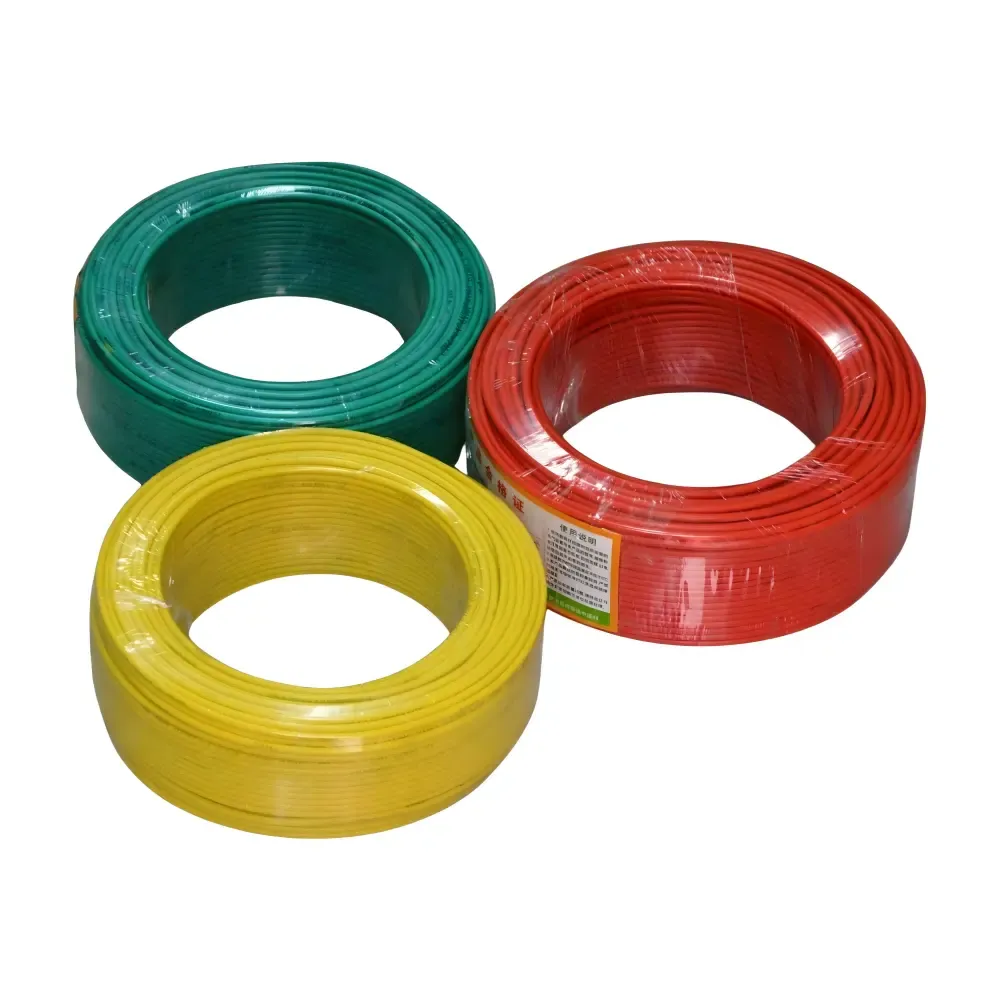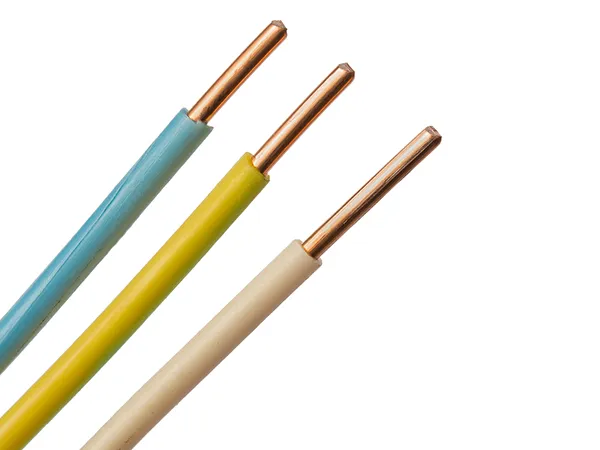Time: 2025-11-02 12:16:17 Source: Henan Province Jianyun Cable Co., Ltd.
The inquiry regarding the number of types of electrical wires pertains to the classification of wires used in electrical systems. Electrical wires are categorized based on factors such as insulation material, conductor type, voltage rating, and intended application. There is no universally fixed number of types, as classifications vary by context (e.g., residential, commercial, or industrial use) and regional standards. However, authoritative sources commonly identify approximately 10 primary types for general and household electrical wiring. These categories ensure safety, efficiency, and compliance with codes such as the National Electrical Code (NEC) in the United States.

Below is a structured overview of these 10 main types, including brief descriptions, typical uses, and key specifications. This compilation draws from established industry references to provide a comprehensive yet concise explanation.
| Type | Description | Typical Uses | Key Specifications |
|---|---|---|---|
| NM Cable (Non-Metallic) | Insulated wires (hot, neutral, and ground) encased in a protective plastic sheathing, often referred to as "Romex." | Interior circuit wiring in dry locations, such as walls, ceilings, and floors in residential buildings. | Color-coded sheathing by gauge (e.g., white for 14-gauge); copper or aluminum conductors; not suitable for wet areas. |
| UF Cable (Underground Feeder) | Similar to NM but with moisture-resistant solid plastic sheathing around individual wires. | Direct burial underground or in wet locations, such as outdoor lighting or major circuits. | Gray outer sheathing; more durable and expensive than NM; includes bare copper ground wire. |
| THHN/THWN Wire | Single-conductor wires with thermoplastic insulation, often run through conduit. | Exposed or unfinished areas like basements, garages, or appliance connections. | Heat- and water-resistant (THHN for dry, THWN for wet); color-coded insulation; requires conduit for protection. |
| Low-Voltage Wire | Smaller-gauge wires for circuits under 50 volts, available as single or twisted pairs. | Thermostats, doorbells, landscape lighting, and sprinkler systems. | 12- to 22-gauge; copper or aluminum; low risk of shock but must avoid contact with higher-voltage lines. |
| Phone and Data Wire | Low-voltage copper wires, often in twisted pairs (e.g., Cat 5 or Cat 6 ethernet). | Landline telephones and internet connections. | Four to eight wires; under 30 volts; compatible for both voice and data transmission. |
| Coaxial Cable | Round cable with an inner copper conductor, insulation, and braided shield. | Connecting televisions to antennas, cable services, or satellite dishes. | Threaded connectors; minimal voltage; shielded to reduce interference. |
| Speaker Wire | Two-conductor stranded wire with polarity markings. | Audio systems connecting speakers to amplifiers. | Gauge varies by distance (thicker for longer runs); no electrical difference between conductors. |
| Ribbon Cable | Flat, multi-conductor cable with wires attached side-by-side. | Internal connections in electronics like computers, printers, and appliances. | Compact for tight spaces; flat connectors; also known as flat or multi-planar cable. |
| Armored Cable (AC or BX) | Wires protected by a flexible metal jacket. | Exposed interior wiring where protection from damage is needed. | Metal jacket serves as ground; no conduit required; suitable for dry locations. |
| Metal-Clad Cable (MC) | Similar to armored but includes a full ground wire and plastic-wrapped internals. | Commercial or garage wiring, indoors or outdoors with proper fittings. | Metal sheathing for protection; PVC jacket for damp areas; check local codes for wet use. |
These types represent the most common classifications in standard electrical installations. Additional variations exist based on specialized needs, such as high-voltage power cables or photovoltaic wires for solar systems, potentially expanding the total beyond 10 categories in broader industrial contexts.
For precise selection, consult a licensed electrician or relevant building codes to ensure compatibility and safety in your specific application. If further details on a particular type or regional standards are required, please provide additional context.

CE Certification 450/750v H07VVF Flexible Copper PVC Insulated Ac Cable 3*2.5 Mm

low voltage copper conductor PVC insulation underground BV BVR cable for industr

PVC electric wires are one of the most widely used electrical conductors in resi

H07V-U wire is a flexible, low voltage electrical wire commonly used in industri